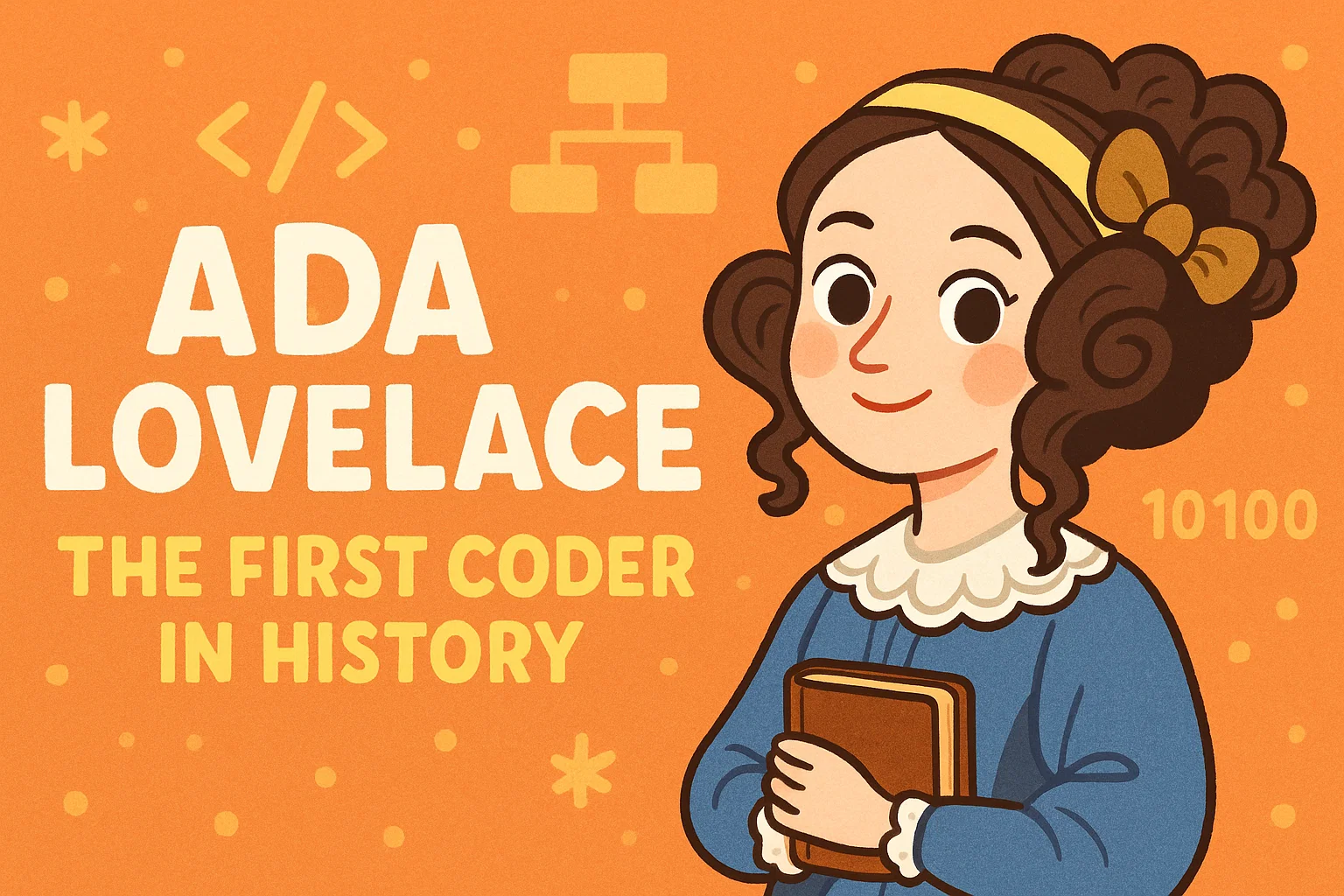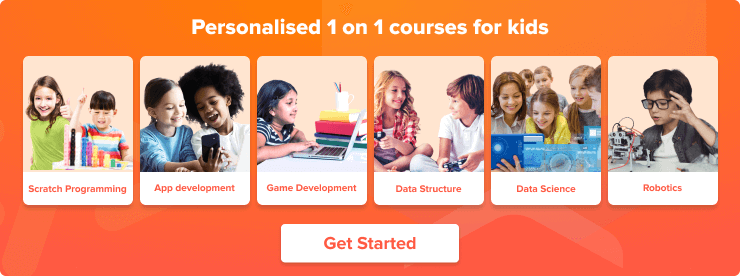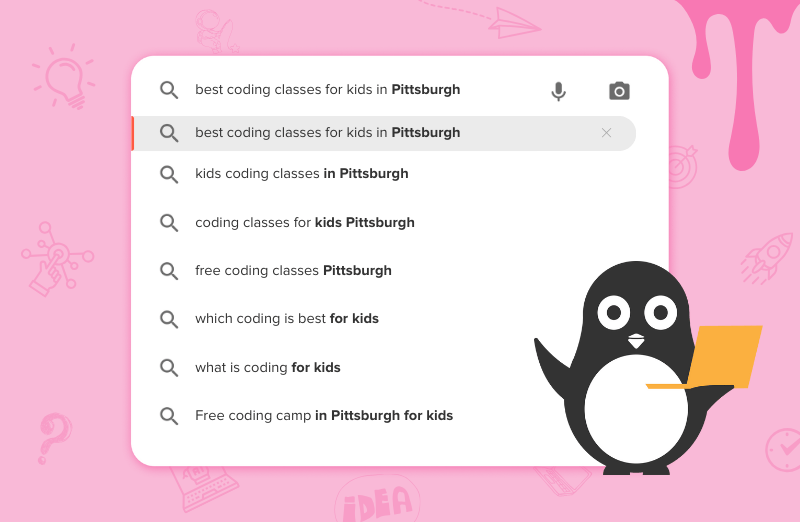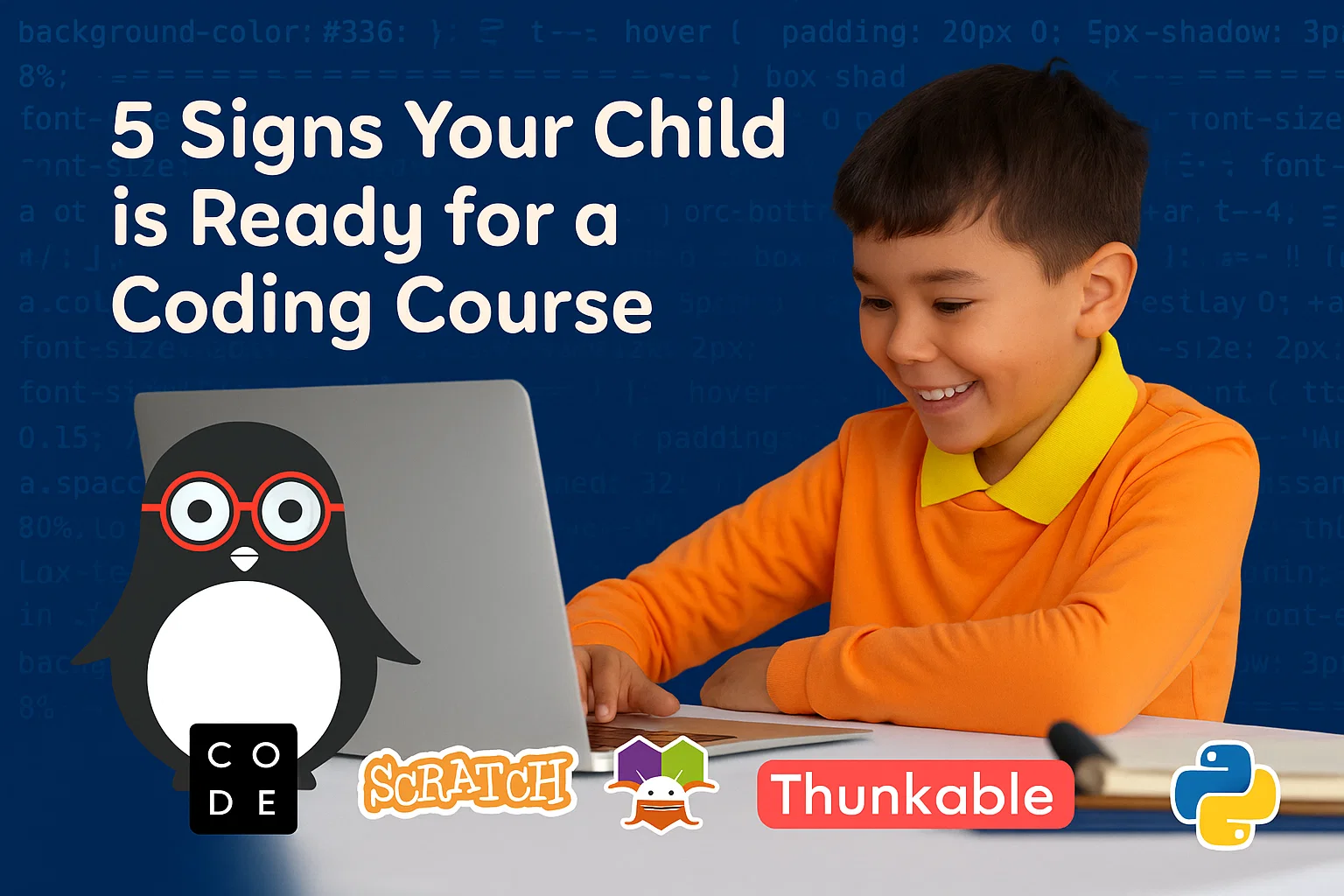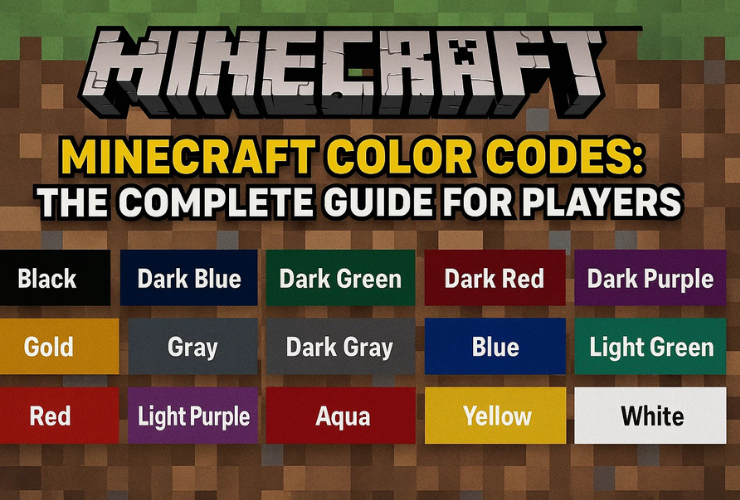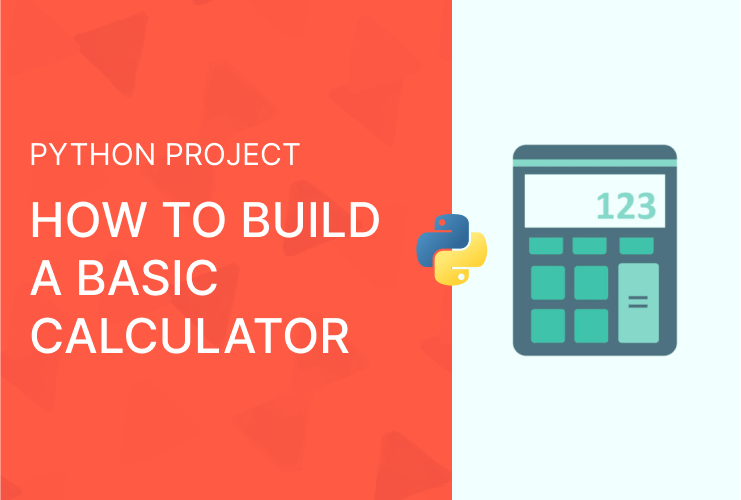🌟 Once Upon a Time, Before Computers Existed…
Imagine a world with no computers, no internet, and no video games. That was the world Ada Lovelace was born into — all the way back in 1815 in London.
Ada was not an ordinary girl. She was curious about everything — how birds fly, how numbers work, and how machines move. While other children played outside, Ada often sat by her window, drawing pictures of imaginary flying machines and trying to figure out how they could actually work.
Her mother, Lady Anne Isabella Byron, noticed Ada’s love for numbers and encouraged her to study mathematics and logic — subjects most girls at that time weren’t even allowed to learn. Her father, the famous poet Lord Byron, filled her world with imagination and creativity. Together, they shaped Ada into a rare genius — someone who could see math as poetry and machines as magic.
⚙️ Meeting the “Father of Computers”
When Ada was a young woman, she met Charles Babbage, an inventor and mathematician. Babbage had designed something he called the Analytical Engine — a gigantic machine that could do calculations automatically.
But here’s the twist — the machine was never actually built in his time! Babbage only had sketches and mechanical parts. Yet, when Ada saw his designs, she instantly understood what it could become.
While others saw just a math calculator, Ada saw a thinking machine. She realized that this engine could follow instructions to perform tasks — just like how we give instructions to a computer today!
💻 The Birth of the First Computer Program
In 1843, Ada was asked to translate a French paper about Babbage’s Analytical Engine. But Ada didn’t stop at translating — she added her own detailed notes, which turned out to be three times longer than the original paper!
In those notes, she described a step-by-step process the machine could follow to calculate a sequence of numbers known as Bernoulli Numbers. This was the first algorithm ever written for a machine — even though the machine itself didn’t yet exist.
This made Ada Lovelace the world’s first computer programmer — more than 100 years before modern computers were invented! 🖥️
🎨 Ada’s Imagination: More Than Just Numbers
What made Ada truly special wasn’t just her math skills — it was her imagination. She believed that computers could do much more than solve equations. She wrote that one day, machines could create music, art, and design — if we gave them the right instructions.
Think about that — in the 1800s, Ada predicted things like:
🎵 Music composed by AI
🎨 Computer-generated artwork
🎮 Games built through coding
That’s the same kind of creativity you use today when coding your own projects on Scratch, MakeCode, or Minecraft Education Edition!
🧠 Why Ada Lovelace Still Matters Today
Ada Lovelace proved something powerful: coding is a blend of logic and imagination. Every great coder, from the ones who build robots to the ones who design games, uses both sides of their brain — just like Ada did.
She also broke barriers for women in STEM. At a time when girls were told they couldn’t study science or math, Ada showed the world that curiosity knows no gender. Her legacy continues to inspire girls and boys everywhere to explore coding, robotics, and artificial intelligence.
💡 Fun Facts About Ada Lovelace
- 📚 Ada loved mathematics so much that she called herself an “Analyst and Metaphysician.”
- 🧩 The programming language ADA, used by NASA and the U.S. Department of Defense, is named after her!
- 🎉 Every year, the second Tuesday of October is celebrated as Ada Lovelace Day, honoring women in technology and science.
- 💬 Ada once said, “That brain of mine is something more than merely mortal, as time will show.” — and she was absolutely right!
🌈 How You Can Be Like Ada
Just like Ada, you can dream big, think deeply, and use coding to turn your ideas into reality. Whether you want to make a robot that dances, design a space game, or create a chatbot that talks — it all starts with one line of code and a spark of curiosity.
Here’s a fun mini-challenge to celebrate Ada Lovelace Day:
🧩 Challenge: Open Scratch or MakeCode and create a short animation titled “Thank You, Ada!”
Make the character say something Ada might have loved to hear — like “Machines can dream too!”
Codingal — Keeping Ada’s Dream Alive
At Codingal, we believe in what Ada Lovelace stood for — a world where kids use creativity, curiosity, and code to change the future.
Codingal helps students like you learn to code, build games, explore AI, and solve real-world problems, all through fun, hands-on projects guided by expert teachers.
So this Ada Lovelace Day, remember the amazing woman who turned imagination into invention, and start your own journey as a young coder. Because the next big idea in technology might just come from you! 🚀
